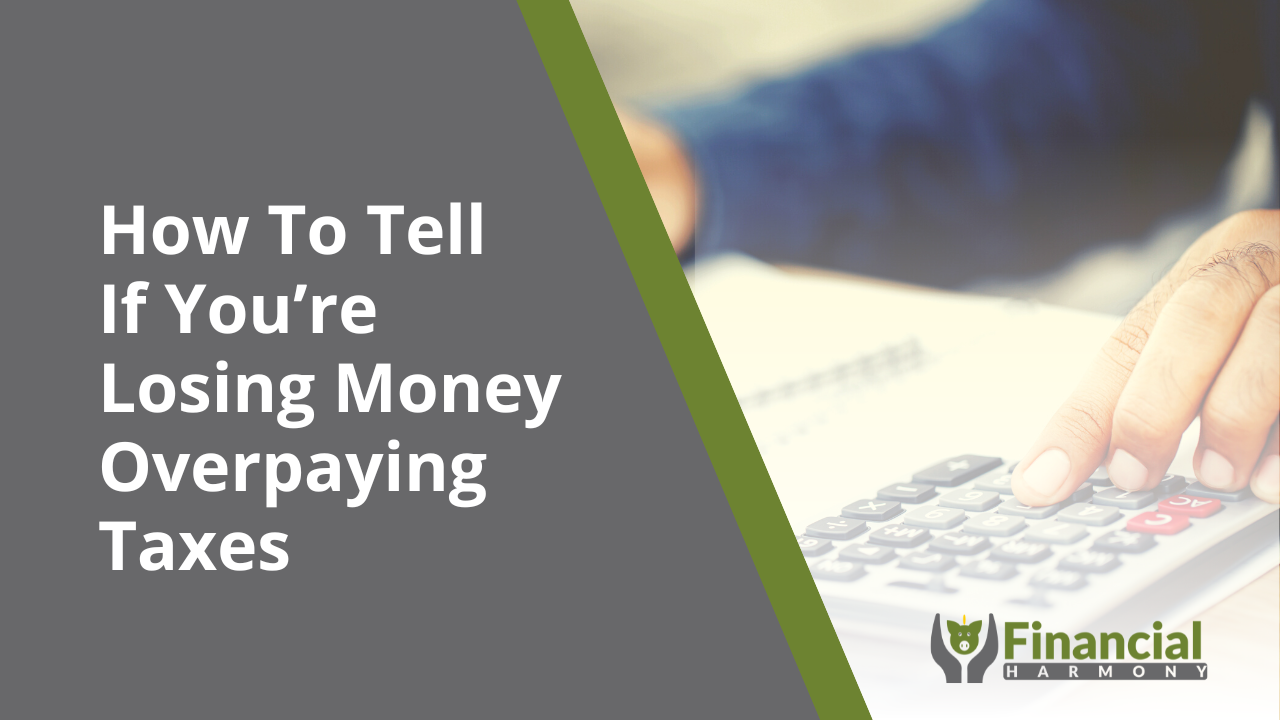How To Tell If You're Losing Money Overpaying Taxes
Nov 21, 2022
One of the reasons clients come to me is to find out if they're overpaying their taxes. My common answer is yes, most practice owners are overpaying their taxes. It doesn’t matter if they are a sole proprietorship or S corporation. There is usually some provision of the tax code not utilized to its full potential. The one thing I always do as part of my analysis is figuring out their effective tax rate.
Key Performance Indicator For Taxes
Think of an effective tax rate as the KPI of taxes. It's a useful tool to understand because of the progressive nature of the income tax brackets. Say, for instance, you're in the 32% tax bracket. That doesn't mean that you are paying 32% of your income in taxes. Some of that income gets taxed at 10%, some at 12%, and so on until you reach the 32% bracket. Your effective tax rate tells you what percentage of your income is actually paid in taxes.
Now let me be clear. There isn't a definitive rule that states if your effective tax rate is high you're definitely overpaying your taxes. We use this metric like we use any other benchmark for a private practice optometrist (like debt to income ratio or profit margin). It gives us an idea of where to start looking for improvements in someone's comprehensive wealth planning strategy.
First, figure your effective tax rate. Then compare it to the national averages and decide if tax strategy warrants more of your time and effort. There are a couple of ways to calculate your own effective tax rate. First, you can ask your CPA or tax preparer. A lot of tax software figures this automatically in an analysis of your return. The other way is to calculate it yourself which is fairly simple.
How To Calculate Your Effective Tax Rate
You'll need to take a look at your personal tax return and find the page that says 1040 in big bold numbers in the upper left-hand corner. The two numbers you're looking for are total tax and total income. We calculate your effective tax rate by dividing your total tax by total income for the year. The specific line numbers from the Form 1040 or going to change from year to year as the IRS updates this form. On the 2022 Form 1040, total tax is on page 2, line 24 and total income is found on page 1, line 9. You can look at any tax return in recent years and always find the lines labeled total income and total tax.
Once we have those two numbers you divide total tax by total income and come up with a percentage. This is your federal effective tax rate for that particular year. The national average tax rate for the top 25% of taxpayers was 17.1% in 2020, according to a recent analysis of IRS data by TaxFoundation.org.
Analyze Your Results
So how do we decide if this result warrants more time spent developing a better tax strategy? When someone is at or above the national average I know there is usually a way to save them money. Most of the clients I have helped have effective tax rates of 15% or below. Even though their adjusted gross income may put them in the top 25% of all taxpayers. (In 2020 that only meant that your adjusted gross income was higher than $85,853.)
The bottom line is a quick look at this metric will allow you to know how you compare. And it gives you an objective basis for discussion when somebody tells you there's nothing more you can do to lower your taxes.
BYLINE
Eric Levenhagen, CPA CTS is the only financial consultant who helps private practice optometrists improve the financial health of their practice with a simple, proven process called Financial Harmony which will reduce their taxes and increase their after-tax profits in the first year, guaranteed.
DISCLAIMER: The financial figures presented in this blog are for illustrative purposes only and should not be construed as financial advice. Actual results may vary depending on individual circumstances and market conditions. Readers are encouraged to consult with a qualified financial advisor or accountant before making any financial decisions based on the information provided in this blog.
